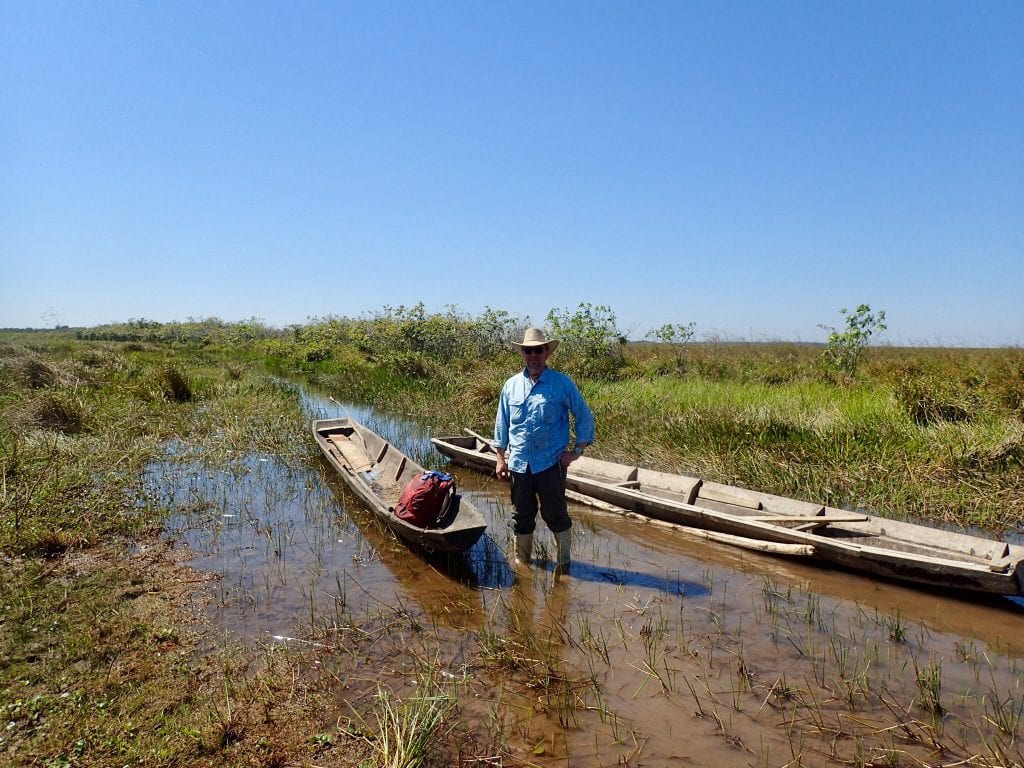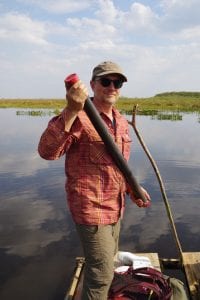Bolivian Mud Could Be Key To Unlocking Ancient Agriculture

A group of Anthropology researchers are counting on some dirty work to unlock the secrets of past civilizations.
More specifically, they’re studying Amazonian mud, carefully extracted from a Bolivian swamp and transported back to a laboratory on UCF’s campus. Their goal is to date the pollen and other biological sediments layered in close to five feet of mud, then match them with samples from pottery shards excavated from nearby settlements.

John Walker
By combining the disciplines of paleoethnobotany and archaeology, the project leads hope to paint a comprehensive picture of pre-Columbian agriculture and culture. Because this area is responsible for some of the domesticated plants we still use today, research results could be key to understanding ancient agriculture in other parts of the world. It could also shape modern day agriculture by providing a long-term record of how human interference shapes plants.
“It’s worth getting excited about mud,” said Neil Duncan, Ph.D., who specializes in using plant remains to understand ancient civilizations.

Excavation pit.
His research partner is John Walker, Ph.D., who is trying to piece together how pre-Columbian farmers grew their crops. The mud is critical to his research because metal and stone tools are rare to nonexistent in this part of the world; other clues like wooden hoe handles, clothes, hammocks and homes constructed from palm branches have rotted away centuries ago.
What is left behind are raised earthworks, some previously undiscovered before Walker used a drone and satellite images to locate them. Whether these earthworks are for irrigation, defensive structures or just garbage piles remains to be determined. But they are yielding bits of ceramic and other non-perishable artifacts.
Those pieces still bear remnants of food and other plant materials that can be carbon-dated and matched somewhere in the strata of the mud samples.

Neil Duncan with an Amazonian mud sample.
“It’s a chain of evidence. One thing leads to another and eventually you start to get this big picture,” Walker said.
The most recent trip to collect samples is just the first in what Walker and Duncan expect to many more excursions to northeastern Bolivia. Wading waist-deep in mosquito-infested marshes might not be everyone’s idea of a good time. But the potential research results — and the sheer joy of field work — make it worth it for Duncan, Walker and their team of students.
“Field archaeology is far superior to sitting in an office or laboratory,” Duncan said.
